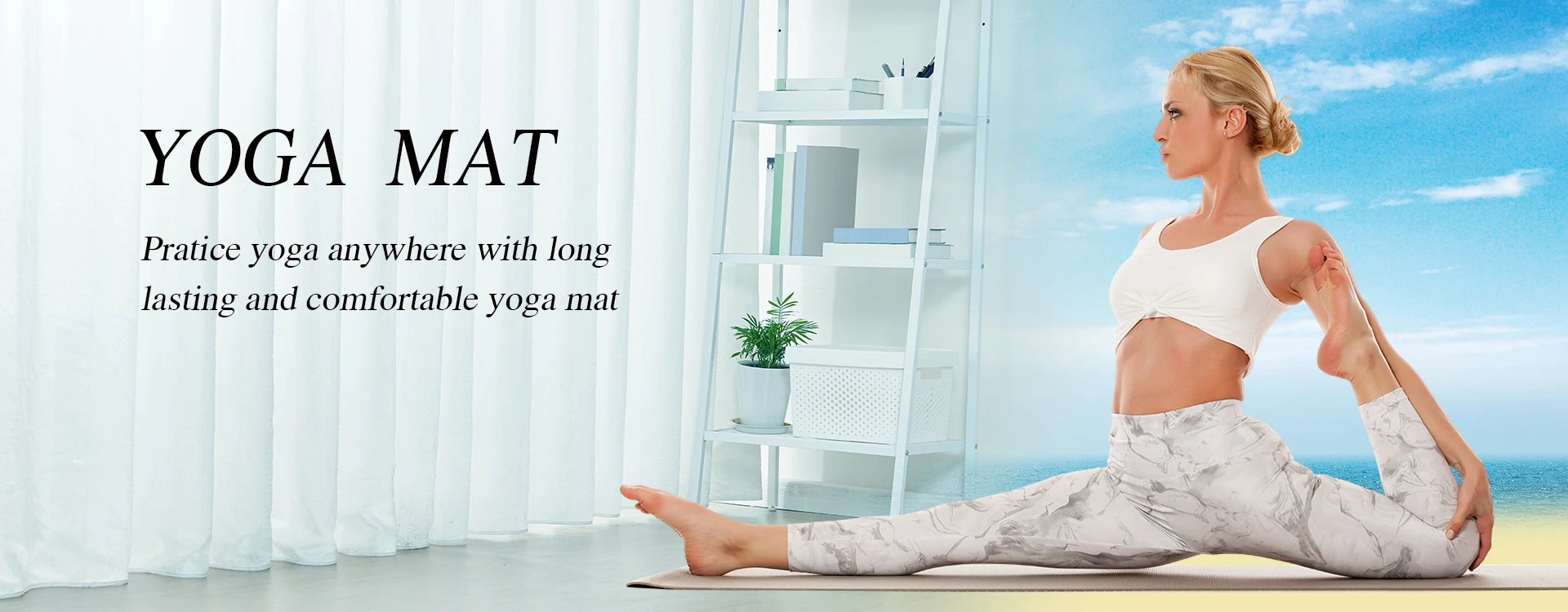Quality Testing Of Air Cushions
Quality testing of air cushions is essential to ensure the product meets design requirements and performance standards. Here are the primary steps and methods for testing the quality of air cushions:
1. Visual Inspection
- Visual Check: Inspect the cushion surface for visible defects such as bubbles, cracks, or deformations.
- Dimensional Measurement: Use calipers and measuring tapes to ensure the cushion dimensions meet design specifications.
2. Material Testing
- Hardness Test: Use a Shore durometer to measure the material’s hardness to ensure it meets the required specifications.
- Thickness Measurement: Measure the thickness of the material to ensure uniformity
3. Air Tightness Testing
- Static Air Tightness Test: Inflate the cushion to a specified pressure and observe whether the pressure remains stable over a certain period to detect leaks.
- Dynamic Air Tightness Test: Perform inflation and deflation cycles under simulated usage conditions to check the cushion’s air tightness and durability.

4. Pressure Distribution Testing
- Pressure Distribution Tester: Use a pressure distribution tester to evaluate the pressure distribution across different cushion areas, ensuring comfort and support.
5. Durability Testing
- Fatigue Test: Simulate long-term usage by repeatedly loading and unloading the cushion to assess its durability and deformation.
- Aging Test: Conduct accelerated aging tests under high temperature, humidity, and UV light conditions to evaluate the material’s aging resistance.
6. Tensile and Tear Testing
- Tensile Test: Use a tensile machine to measure the material’s tensile strength and elongation at break, ensuring it has sufficient toughness and strength.
- Tear Test: Test the material’s tear strength to ensure it is resistant to tearing.
7. Colorfastness to Rubbing/Crocking
- Use a Crockmeter to rub the sample in a dry and wet state.
- Observe the color transfer of the sample through a white rubbing cloth.
- Use a gray card to evaluate the color change of the sample and the rubbing cloth after rubbing.

8. Performance Testing
- Comfort Test: Invite volunteers to use the cushion and collect feedback on comfort and support.
- Stability Test: Check the cushion’s stability in various usage scenarios to ensure it does not slide or deform.
9. Environmental Testing
- Harmful Substance Detection: Test for harmful substances in cushion materials, such as heavy metals and volatile organic compounds (VOCs), to ensure they meet environmental standards.
10. Reporting and Documentation
- Test Report: Document all test results and generate a detailed test report.
- Archiving and Traceability: Archive the test reports and samples for future reference and quality management.
These testing steps and methods help ensure the quality of air cushions, meeting user needs and expectations. For more detailed testing standards and procedures, refer to relevant industry standards and guidelines.

